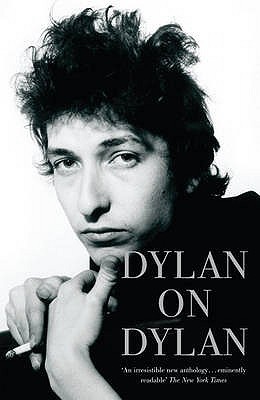What do you think?
Rate this book


464 pages, Paperback
First published May 17, 2006
Well, for me, there is no right and there is no left. There's truth and there's untruth, y'know? There's honesty and there's hypocrisy. Look in the Bible, you don't see nothing about right or left. Other people might have other ideas about things, but I don't, because I'm not that smart. I hate to keep beating people over the head with the Bible, but that's the only instrument I know, the only thing that stays true. (367)In these later interviews, he is more real about who he is and what he's interested in. We see that he actually loves literature of all kinds, whereas earlier on he had put forth an anti–higher education persona that didn't much care about literature except for Beat poets. He's a little more willing to accept that he is a celebrity, but he remains consistently bemused about it. "It's not a good idea and it's bad luck to look for life's guidance to popular entertainers," he says in 1991.
It's bad luck to do that. No one should do that. Popular entertainers are fine, there's nothing the matter with that but as long as you know where you're standing and what ground you're on. Many of them, they don't know what they're doing either. (396)These later interviews, where he describes his frustrations at studio recording, also really help to explain the long section in Chronicles where he describes the sessions for Oh Mercy, with Daniel Lanois. I see why he wanted to go into such detail about the pain of trying to get everything together just right in the studio. That one moment was typical of many times in his life.
I strive for something that feels right to me. It could be a lot of different kinds of moods and phrasings, or lines that might not seem to be too connected at the time with the music. They're all connected. A lot of times people will take the music out of my lyrics and just read them as lyrics. That's not really fair because the music and the lyrics I've always felt are pretty closely wrapped up. You can't separate one from the other that simply. A lot of time the meaning is more in the way a line is sung, and not just in the line. (349)I think that says a lot about why he won't be cornered on particular meanings. What he does is all connected, and it's both meaning and feeling. I think in his mind, it makes no sense to separate everything that's connected, nor to lock all of that into a single way of performing or understanding.